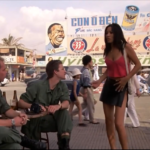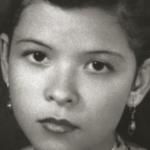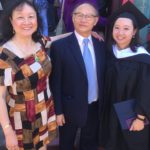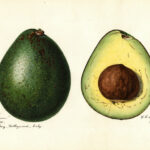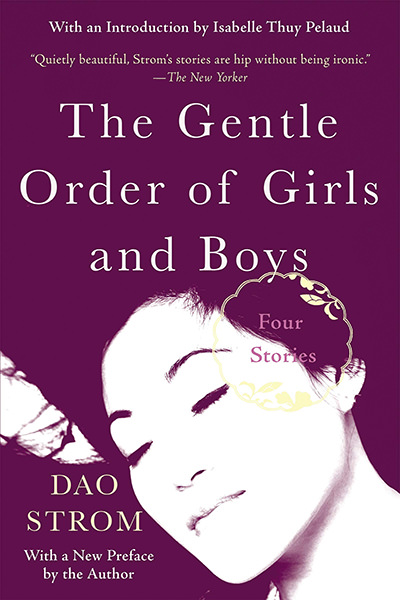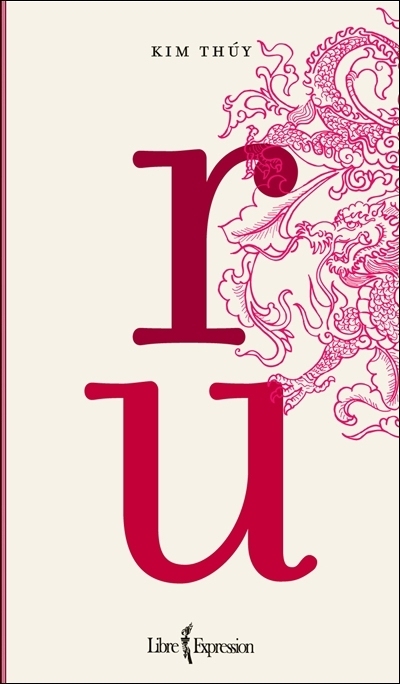What is the Vietnamese woman’s experience like in the diaspora? And how are they pushing the limits of their art? Read about the lives and art of Vietnamese diasporic women in this reading guide.
diaCRITICS Readings
I think Hollywood has and still most of the time employs their friends from “the old boys’ club,” people who look alike and think alike and have similar views about women. This will only change when Hollywood actually values true inclusion, especially when so many studies and articles show doing right by marginalized groups equals a ton more loot at the box office.
Vietnam War movies are all the rage, again. With this, there still isn’t any evidence that they show Vietnamese people or specifically Vietnamese women as whole humans.
In her autobiography “White Métisse,” Kim Lefèvre writes of her childhood and adolescence as the child of an unknown French father and a Vietnamese mother in Indochina and later Viet Nam. Being a métisse child during the turbulent period of rising nationalism, resistance to colonial power and war in Indochina, she becomes the unknowing lightning rod for the enmity directed at the French and those who collaborated with them.
In this excerpt of this is for mẹ, Terri Le navigates the complex and loving relationship that she has with her mother – the woman who has made her who she is, but the woman she has also needed to step away from in order to define what kind of woman she herself will become. Le generously allows us to stand by her side as she says sorry and thank you to her mother, and looks forward with hope.
“When my mother met my father on a Californian campus in 1983, they stood under a tree which bore fruit foreign to both. My mother brought one home cupped in the palm of her hand, and her mother planted the seed. Together the women shared its flesh. Together the women shared flesh.”
A poem by Anh-Hoa Thi Nguyen, “One Note. One Dish. One Love.” This poem introduces a new mini-series #metoovietnamesebodies, which explores how “Vietnamese bodies” have been impacted by “#metoo” experiences of sexual and power abuses.
Discussion Questions
- What are distinctive themes in the art of Vietnamese diasporic women and how have artists addressed these themes?
- What challenges do Vietnamese diasporic women artists encounter in making their art?
- What does the Vietnamese woman look like in the Western imagination and media and how have Vietnamese women artists resisted, fought back, or subverted these stereotypes?
- How do the experiences of Vienamese women of different generations differ? How are they similar?
- Think about the Vietnamese women in your life. How do your experiences differ from theirs? How are they similar? What can account for such differences and similarities?
Additional Materials
- A Family in Six Tones by Lan Cao and Harlan Margaret Van Cao (book – memoir)
- Split by Cathy Linh Che (book – poetry)
- softly, I speak by Jesscia Nguyen (chapbook – poetry)
- The Gentle Order of Girls and Boys by Dao Strom (book – short stories)
- Ru by Kim Thúy (book – novel)
- “Biological Woman (After Maya Angelou)” by Chrysanthemum Tran (a poem)




